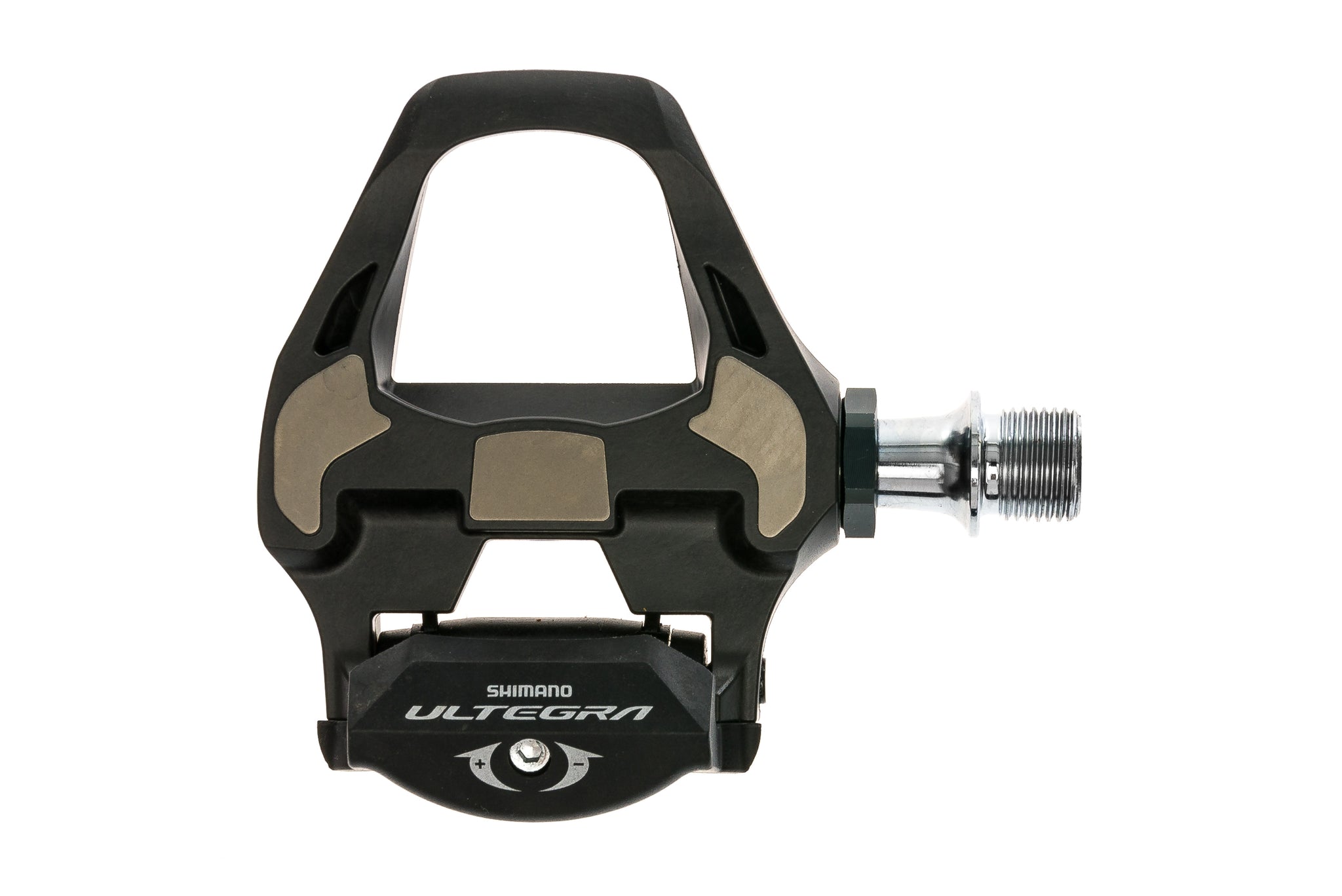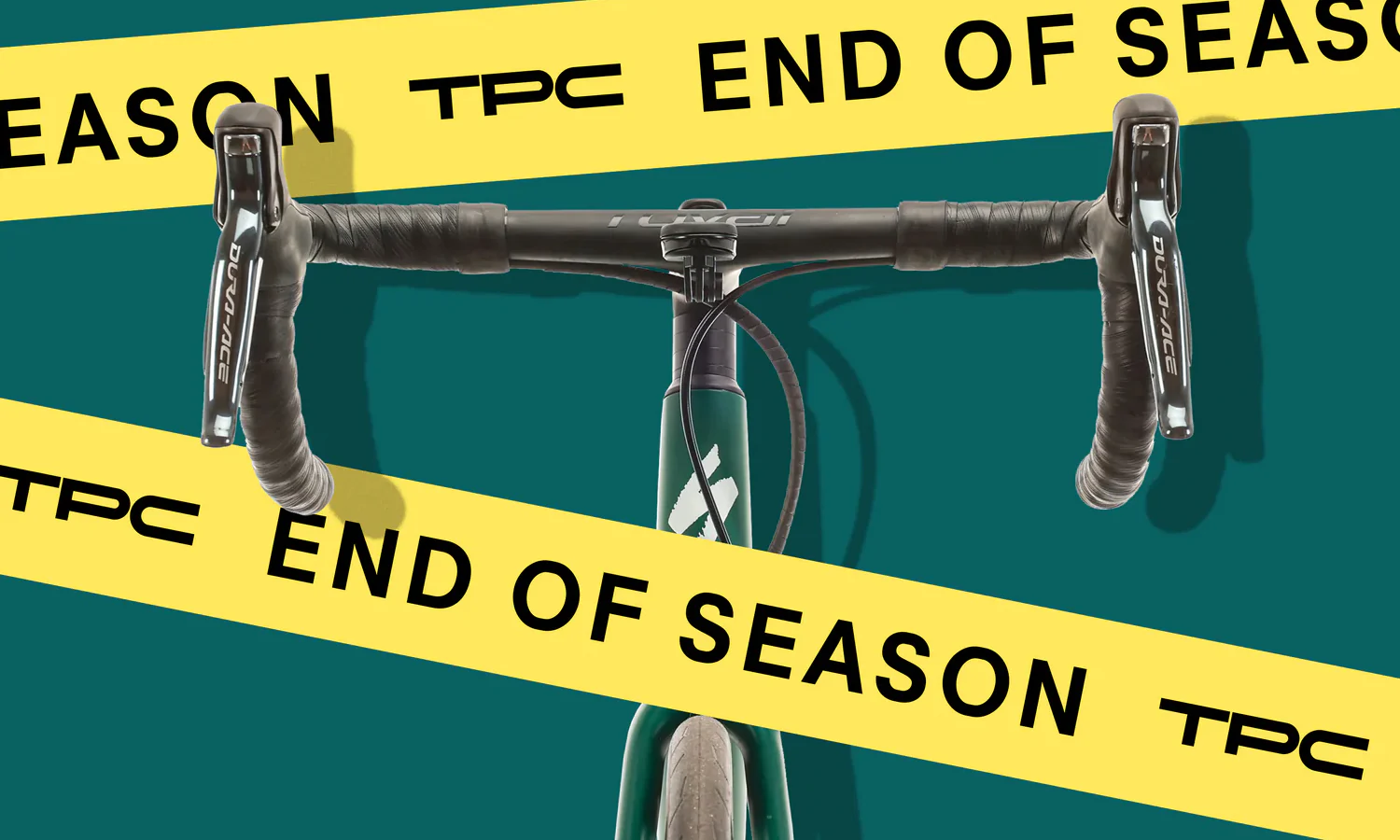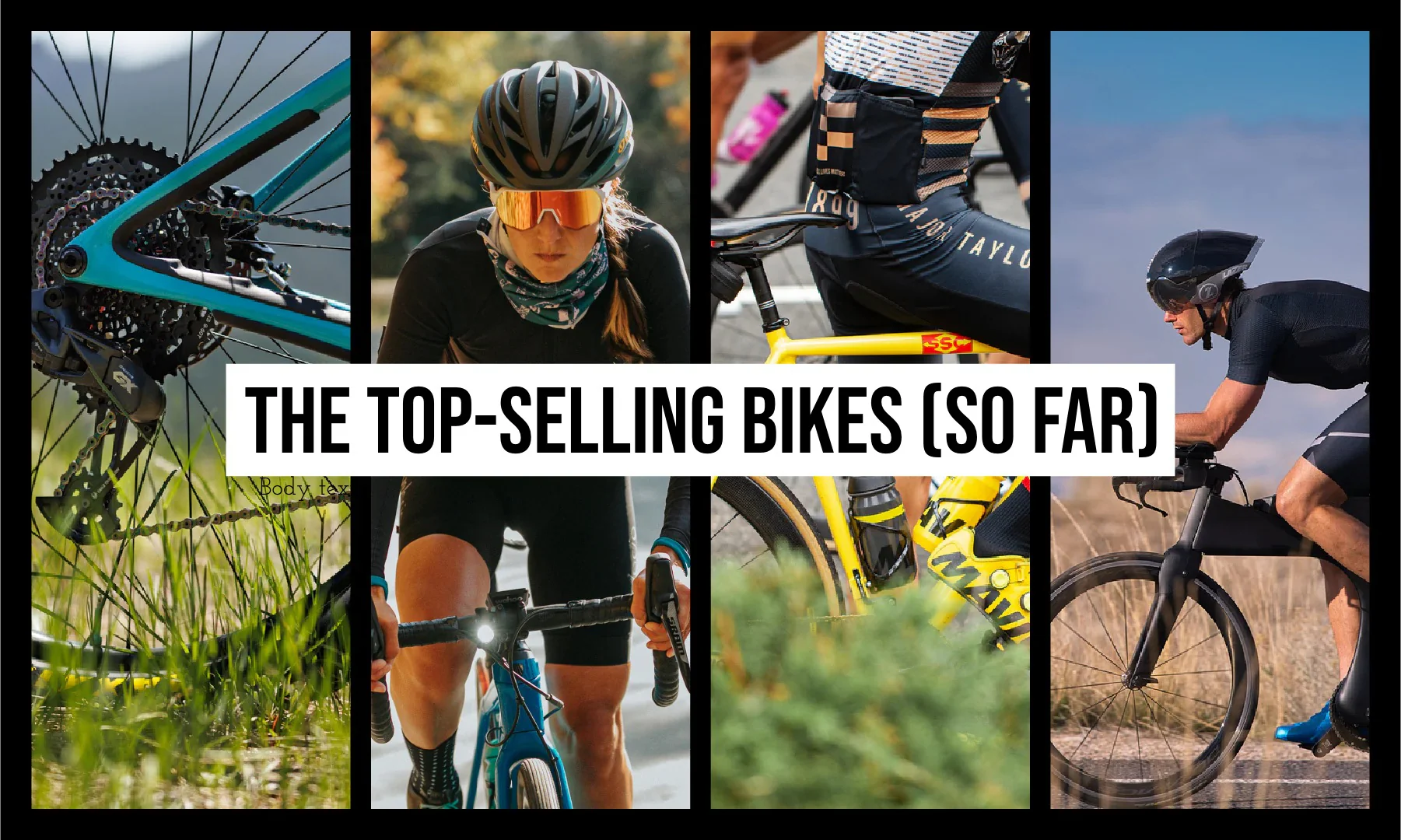Of the three critical connection points between you and your bicycle — hands at the bars, butt on the saddle, and feet at the pedals — pedals are the MVPs (Most Valuable Power-bringers) of this touchpoint trio. Freewheeling is great, but until we find that magical endless downhill, we need pedals to put power to the drivetrain, move the rear wheel, and propel us forward. All hail the power of pedals!
But here’s where it gets tricky. While pedals are universal in their purpose, they are wildly divergent in their types and intended applications. Two-point, three-point, road, mountain, clipless, flats — what does it all mean? Let’s mount up and explore the wide world of pedals.
What to consider when picking bike pedals
When approaching the task of choosing the right pedal for you, start by asking yourself three questions:
1. What type of riding will I be doing: mountain or road?
Knowing this will narrow down where to start your search in an instant, as most pedals are split handily into these two disciplines. Gonna go gravel? Most people ride mountain bike pedals for mixed-surface riding.
2. What sort of performance do I want from these pedals?
Do you want to be able to lay down watts when you sprint, put your foot out lickety-split as you rip around corners on your mountain bike, or to feel more stable or in control as you ride? Consider efficiency, maneuverability, and convenience benefits. Once you’ve figured that out, ask yourself…
3. Do I want clipless or flat pedals?
Do you want your foot to be physically attached to the pedal (think ski boots attached to skis, that’s clipless), or do you your foot completely free so you can put your foot down easily (flat pedals)? Weigh the benefits of each as outlined below and once you’ve done that, like anything in cycling, it just becomes a question of budget.
Clipless vs. flat pedals
When it comes to the pros and cons of each, it’s different pedal strokes for different folks. Clipless pedals help with pedaling efficiency, power transfer, and control, whereas flat or platform-style pedals are great in situations where you want to quickly take your feet off the pedals.
Clipless systems help you to deliver power throughout the entire range of your pedal stroke. It’s a double-power-whammy benefit, as you push on the downstroke AND pull on the upstroke of each pedal rotation. “MOAR POWAH!!” equals more wattage in your sprint cottage, more goats on your climbs, and more pedal efficiency overall. There are handling and control benefits, too — bunny-hopping obstacles more easily while mountain biking, for example — but there’s no getting around the additional cost of clipless. To dance on those fancy pedals, you’re gonna need special disco shoes, and that’s where the money adds up.
|Flat pedals, on the other hand, are all about freeing the feet. The loss you might notice in power transfer is balanced out by the ability to jump off your bike in a flash, put your foot down at the traffic light, or to stick that foot out to stabilize yourself when you come in too hot on a loose corner. And you can do it in any old shoes you please, including flip flops.
Clipless pedals

Pros
- More power/pedal efficiency climbing and sprinting
- More control in technical terrain (MTB)
Cons
- Need special shoes
- Can be difficult to get the hang of
- Walking in road clipless shoes can be difficult
- Expensive system (shoes, pedals, cleats)
Flat pedals

Pros
- Easy to take your foot off/put your foot down
- More dynamic/more foot positions
- No special shoes needed
Cons
- Less efficient (no power on pedal upstroke)
- Feet can bounce off the pedals
What are clipless pedals?
Just like a coconut is not actually a nut, clipless pedals are not actually clipless. It’s a confusing name, but you can blame old school toe clips — the over-the toe, cage-like cover attached to the pedal — for that. Instead of those “clips,” clipless pedals use a binding-style mechanism to attach a cleat on the bottom of your cycling shoe to the pedal, effectively securing you to your bicycle. You can get clipless pedals for both road and mountain bikes. Shimano, Time, Look, Speedplay, and Crank Brothers are just a few of the big names in the clipless pedal game.
A word of caution: If you commit to clipless, remember that it’s a system. You can’t mix-and-match a Speedplay pedal cleat with a Shimano pedal, for example, nor can you put a 2-bolt cleat on a 3-bolt shoe. Always keep pedal compatibility in the back of your mind if you’re shopping for your shoes first.
What are flat pedals?
As the name suggests, these are your standard-style bike pedals with a flat surface to put your shoe on. Nothing to clip into here — just slip on a pair of flat-soled shoes and away you go. They’re double-sided, meaning no matter which way they spin when you hop on, you’re on the pedal instantly.
Flat pedals range in materials and price, from affordable plastic pedals to the rugged aluminum flats that many downhill mountain bikers use.
Why choose flat mountain bike pedals?
With names like Nukeproof Horizon, Diety Deftrap, and Crankbrothers Stamp, these burly mountain biking flat pedals are made to handle rock and root strikes and have ridged or pinned surfaces for extra grip. Some mountain bikers prefer flats because they allow them to be more agile and nimble, moving their feet about as they need to on jumps, technical trails, and downhills, or to put a foot out easily when entering loose corners with too much pepper. What they lose in power on the climbs, they feel they gain back in rowdiness.
If you’re just starting out, you might also prefer flat mountain bike pedals until you get more confident as a rider.
You can also purchase hybrid-style pedals, with both a flat and a clip side, which can offer a great middle ground for riders, especially gravel or road riders.
While you can wear any shoe on flat pedals, some designed specifically for mountain biking with extra-grippy soles and sturdy, protective uppers.
Clipless road pedals vs. clipless mountain biking pedals
Both road and mountain clipless pedals are similar in principle. The biggest difference occurs in how the cleats attach to the shoe, with road bike clipless requiring a 3-bolt (triangular) system, and mountain with a smaller, 2-bolt system.
The road bike 3-bolt system (sometimes referred to as Look-style) uses a triangular cleat attached by three bolts that interfaces with a matching pedal. Many find the surface area of the 3-bolt system reduces pressure on the foot compared to the smaller 2-bolt cleat/pedals.
Mountain bike clipless pedals (also called SPD) are double-sided, whereas most road clipless systems (Speedplay excluded) are one-sided, meaning you must ‘flip’ the pedal over to get your foot into it. This takes practice when you’re taking off from a standing position, but don’t be embarrassed if you topple over. We’ve all been there!
Road Bike clipless (ex: Shimano SPD-SL, Wahoo Speedplay Zero, LOOK Keo)
- 3-bolt cleat
- Lighter than mountain bike pedals
- Awkward to walk in
MTB Bike clipless (ex: Shimano XT, Crank Brothers Candy)

- 2-bolt cleat
- Two-sided, never have to look down to clip in
- Smaller, recessed cleats easier to walk/run in
- Heavier than road bike pedals
Pedal features to keep in mind
Pedal float
Pedal float is a hotly debated topic. It is essentially the sideways rotational movement at the pedal cleat. Float allows your foot to move naturally throughout the pedal stroke. While a fixed-position cleat can improve power transfer — many pros prefer a zero-float pedal — it can also increase the chance of injury if your biomechanics are bunk.
Float varies between the different clipless pedal systems, is measured in degrees, and may be adjustable. You can have too much float, and you can have too little float, and both can lead to knee pain, so if you’re having pain and want to dial it in to fit your unique biomechanics, get thee to a professional bike fitter.
Multiple-release cleats
To unclip from a clipless SPD mountain pedal, you twist your foot. Single release cleats only unclip when you twist your heel outward, whereas multi-release cleats also unclip or release if you pull upwards, hard. This can be a feel little less secure — you might unclip when you aren’t expecting it — but beginners who aren’t used to the twist often find them easier. Multi-release cleats are typically sold as replacement cleats only and will have an M stamped on them.
Mud clearance for mountain bike pedals
For mountain biking, gravel riding, and cyclocross especially, you’ll want to consider the mud-shedding properties of the clipless pedal you’re thinking of getting. Some pedals are better in the muck than others, such as Time and Crankbrothers, due to their retention and cleat design.
Weight
Clipless mountain bike pedals are usually heavier than clipless road, but you should also take into consideration shoe weight. Regardless of road or mountain, more affordable, budget-friendly pedals will typically weigh more. The higher up the line you go, the lighter the materials used and the more spendy they’ll become. So if you’re a weight weenie, you’re just going to have to let the moths out of your wallet.
Spring tension adjustment
Most pedals allow you to adjust your release tension, often with a small Allen bolt. Beginners might prefer to back out spring tension for easier clip-ins and -outs. However, not every pedal offers this adjustment, so keep that in mind as you shop.
Wrapping it up
From the sublime simplicity of a flat pedal to the intricate mechanics of clipless systems, there’s one common thread that unites all pedals. If they ain’t on your bike, you ain’t goin’ nowhere. Until they start making strider bikes for adults or scooters make a comeback, our two-wheeled friends rely on pedals to be functional race, commuting, touring, and grocery-getting machines. By knowing exactly how you’re going to use your bike, what you want to achieve in your riding, you can choose the right pedals to match your intended goals.
So clip in, or don’t, but always ride on.
Our Ride Guides love helping people find the right bike and gear. If you have any questions, give us a call at 1-866-401-9636 and we'll help you out!

























